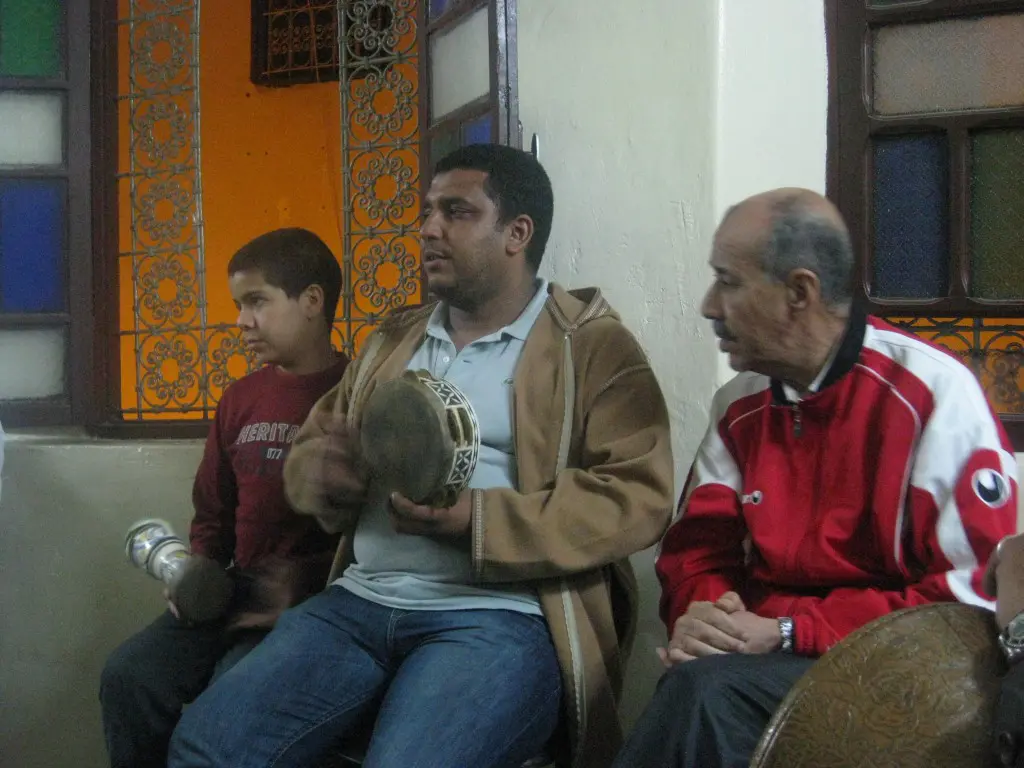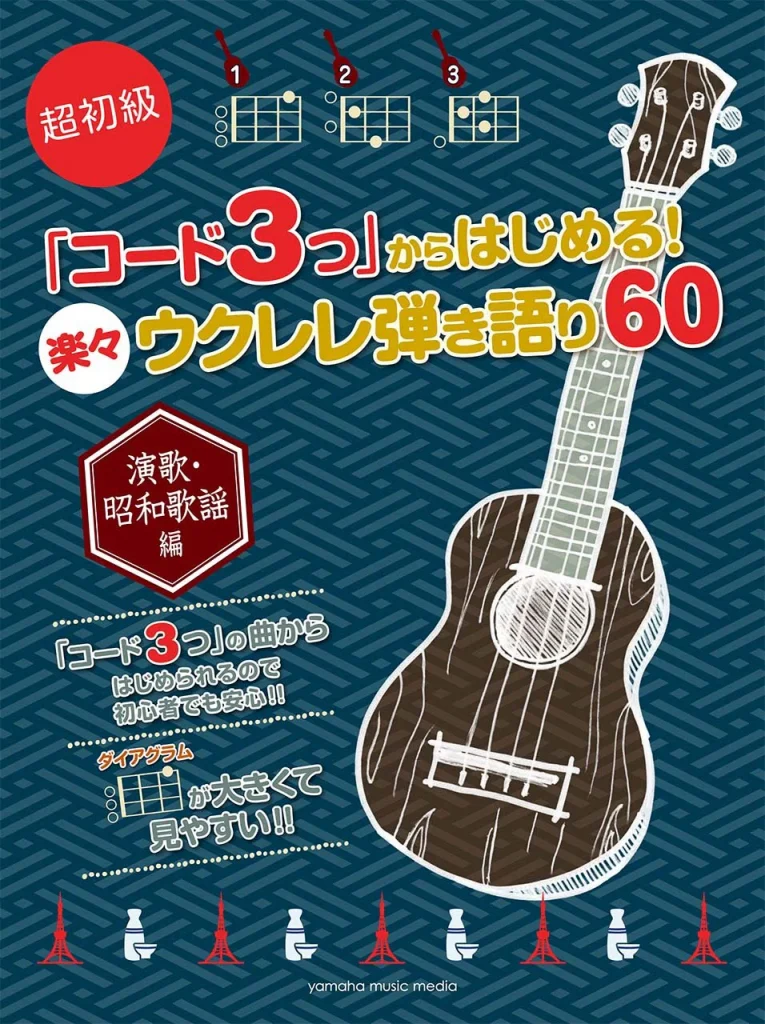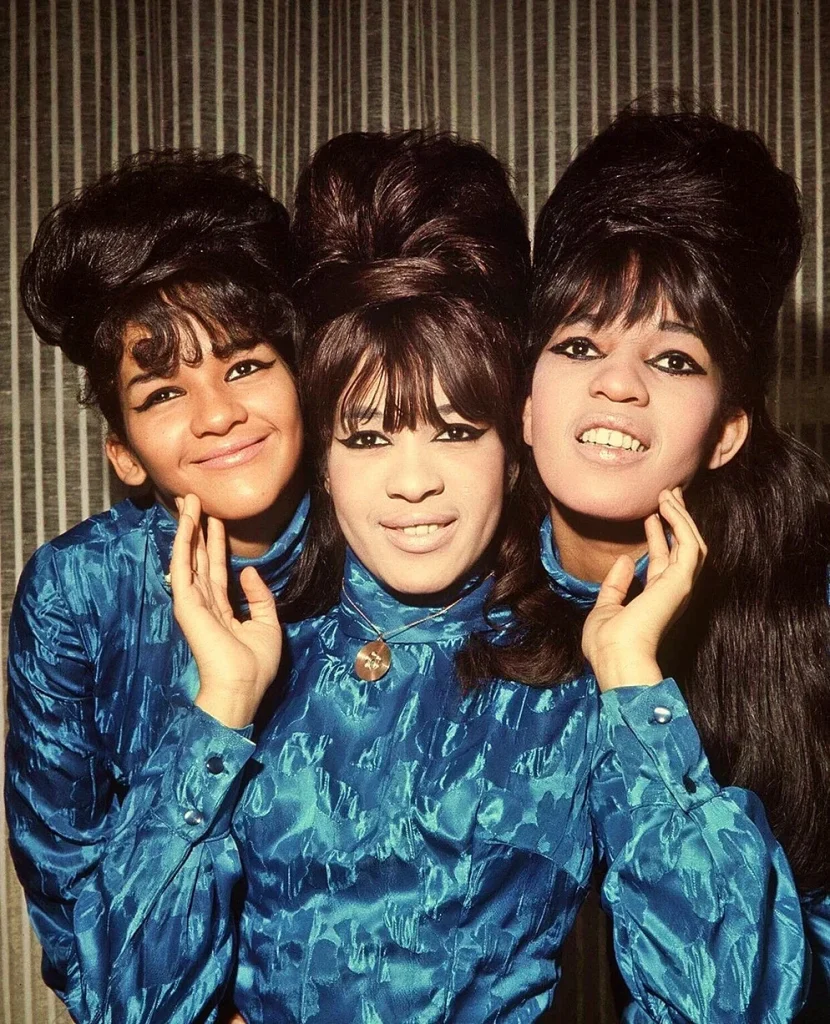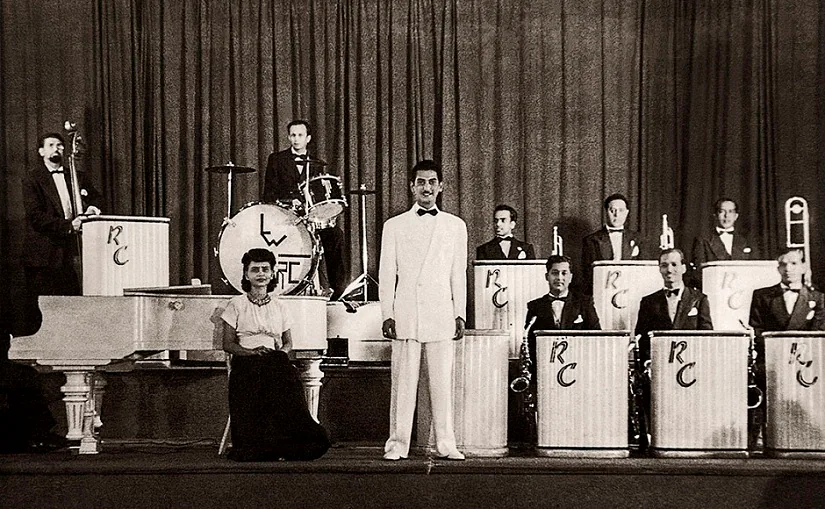
After more than a decade of silence, the South Korean Ministry of Defense resumed its propaganda broadcasts into North Korea in August 2015. Although an agreement between North and South Korea led to the cessation of these broadcasts two weeks later, South Korea restarted its loudspeaker campaign in early January 2016 in response to North Korea’s latest nuclear test. Since then, South Korea has escalated its efforts along the Demilitarized Zone (DMZ), installing additional loudspeakers and broadcasting a variety of content, including popular K-pop songs from South Korea. While it is debatable whether South Korea’s K-pop broadcasts have had a direct impact on North Korean soldiers stationed at the DMZ, the sound of K-pop forced Kim Jong-un’s regime to address the globalization of the genre. More specifically, it showed how external cultural influences, particularly those from the south, could act as a threat to the regime’s authority and control over its citizens.
Although K-pop’s themes of love, desire, erotic pleasure, and physical attraction are not overtly provocative, its lyrics challenge North Korea’s ideological demand that expressions of affection be reserved solely for the leader, rather than between ordinary citizens. Although some North Korean pop songs aired on state media incorporate elements of romance and courtship, these are often stylized with a mix of electronic synthesizers, Western instruments, and an upbeat tempo. North Korean propaganda has historically emphasized the leader as the central object of affection, often promoting images of adoring citizens jubilantly rejoicing in his presence. In this context, the North Korean leader can be understood as what the French theorist Guy Debord calls “absolute celebrity”, where his image and authority dominate public devotion.

Overt displays of affection for the North Korean leader are framed as demonstrations of familial love, positioning the leader as a father figure of the Korean race and all citizens as his children. In recent years, however, North Koreans have become more accustomed to expressing affection in public, with some young men and women serenading each other with South Korean pop songs. Kim Jong-un, the current leader, has not been oblivious to such behavioral changes among the younger generation, especially toward the libidinal pleasures offered by K-pop. In 2012, his establishment of the Moranbong Band could be seen as a strategic effort to draw North Korean youth back into the orbit of state-controlled entertainment, while channeling their enthusiasm in a way that reasserts the cult of absolute celebrity.

The Moranbong Band has a number of distinct characteristics that make it appealing to a generation already familiar with foreign pop music. As North Korea’s first and only all-girl pop group, the band was modeled on South Korea’s popular all-girl groups. Although their fashion has been significantly toned down, with the adoption of more conservative dresses and military-inspired outfits, they still bear a striking resemblance to the sartorial styles of South Korean K-pop acts. This blend of familiar pop aesthetics with state-controlled messaging makes the Moranbong Band both accessible and captivating to many North Korean youth.
Despite employing many of the stylistic elements of K-pop, one key aspect noticeably absent from the Moranbong Band’s repertoire is the lyrical incitement to libidinal pleasure. Instead, their songs focus on the familiar themes of party loyalty, military prowess, national prosperity, and the benevolence of the leader. For example, North Korean state media reported that the Moranbong Band’s concert commemorating the 1953 armistice agreement with South Korea featured a song titled Our beloved leader, which portrayed Kim Jong-un caring for the “big family” of the country and providing it with happiness. This song reinforced the state’s effort to align popular culture with its ideological framework, emphasizing devotion to the leader rather than personal desires or individual expression.
This according to “Rockin’ in the unfree world: North Korea’s Moranbong Band and the celebrity dictator” by David Zeglen (Celebrity studies 8/1 [2017] 142–150; RILM Abstracts of Music Literature, 2017-64247).
Below, the Moranbong Band performs Our beloved leader in 2012.
Read a related post in Bibliolore:
https://bibliolore.org/2020/10/26/k-pop-and-political-activism/




























